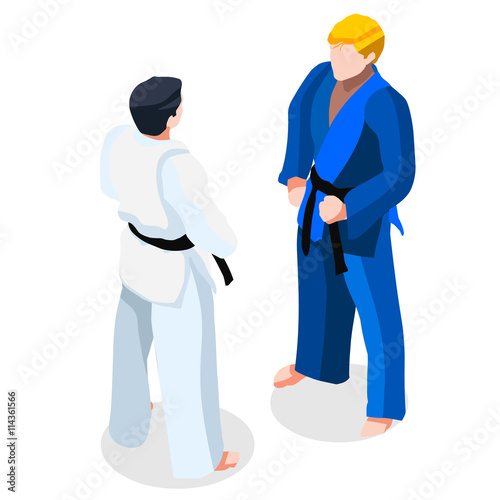In What Ways Do Standard Martial Arts Focus On Discipline Compared To The Affordable Nature Of Modern Fight Sporting Activities? Reveal The Essential Distinctions That Can Affect Your Trip
In What Ways Do Standard Martial Arts Focus On Discipline Compared To The Affordable Nature Of Modern Fight Sporting Activities? Reveal The Essential Distinctions That Can Affect Your Trip
Blog Article
Material Create By-Camp Hovgaard
When you think about martial arts, do you lean much more toward the standard methods or the contemporary combat sporting activities? Each path supplies one-of-a-kind advantages and experiences, formed by their ideologies and training methods. Traditional martial arts stress individual development and technique, while modern combat sports focus on competitors and performance. Comprehending these distinctions can assist you in choosing the right method for your trip. But just how do these distinctions manifest in training and viewpoint?
The Philosophy and Background Behind Traditional Martial arts
While many people link martial arts with physical fight, the ideology and history behind typical martial arts run much deeper. You'll discover that these self-controls highlight individual development, discipline, and respect.
Stemming from ancient techniques, typical martial arts were often developed for Self-Defense and spiritual development. They embody principles such as equilibrium, harmony, and self-control, guiding practitioners beyond mere combating skills.
As you train, you'll not only find out methods yet likewise obtain insights into the society and worths that shaped these arts. The routines and traditions, usually given through generations, foster a feeling of community and belonging.
The Competitive Nature of Modern Fight Sports
Modern battle sports have changed the landscape of martial arts into an extremely competitive sector, where professional athletes challenge in a test of ability, strategy, and endurance.
You'll observe that competitions are often arranged with strict policies and regulations, guaranteeing fair play and safety and security. These events attract huge audiences, fueling the enjoyment and intensity of competitions.
Professional athletes train carefully, not just for physical expertise but also for mental toughness, knowing that every detail counts in the ring. The adrenaline thrill throughout competitions is palpable, as fighters press their limitations to claim victory.
Fans appreciate the athleticism and creativity entailed, making modern combat sports a thrilling spectacle that remains to evolve and astound lovers around the world.
Training Methods and Techniques: A Relative Analysis
The affordable ambience of modern combat sports needs innovative training techniques that vary substantially from standard martial arts.
In contemporary training, you'll concentrate on details methods, sparring, and conditioning, typically utilizing drills that replicate real battle situations. what do you call someone who practices martial arts 'll see a focus on quantifiable efficiency and regular competition to assess your skills.
On the other hand, conventional martial arts prioritize forms, katas, and philosophical teachings, usually stressing discipline and respect over competition.
Training is generally less extreme and might include repetitive technique instead of real-time sparring.
While both strategies construct ability and physical fitness, contemporary battle sports provide a much more vibrant and versatile training atmosphere, preparing you for instant challenges in the ring or cage.
Choose the course that lines up with your objectives and interests.
Final thought
In choosing between typical martial arts and modern-day battle sports, it truly boils down to what you value most. If you're seeking personal development, self-control, and a feeling of area, conventional arts could be your finest fit. However if https://www.wjhg.com/video/2022/07/21/summertime-learning-last-dragon-martial-arts/ flourish on competition and real-time challenges, contemporary battle sports could be the method to go. Eventually, both courses use one-of-a-kind advantages, so it's all about aligning your training with your individual goals and interests.
